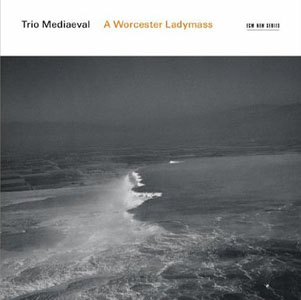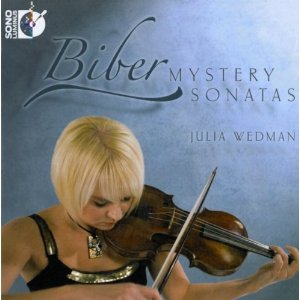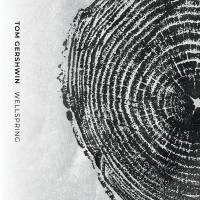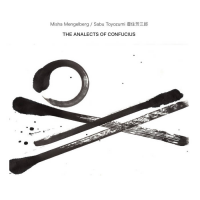Home » Jazz Articles » Album Review » Trio Mediaeval: A Worcester Ladymass
Trio Mediaeval: A Worcester Ladymass
Trio Mediaeval's audience, too, is liberated from the stricter confines at the root of much of texts they perform; the group often performs in churches, but for the acoustic nature of these sonically expansive cathedrals rather than for any religious affiliations. Over the course of its five recordings since coming together in 1999, Trio Mediaeval has been unafraid to expand on the angelic purity of their voices, bringing percussion into the picture on Folk Music and, here, the melody chimes that the trio has used collectively, in collaboration with Arve Henriksen in the trumpeter's closing Molde Jazz 2009 concert, and individually, when Friman participated in the Punkt Kunst performance at Punkt Festival 2009. Subtle, perhaps; but all part of an allegiance to a specific musical aesthetic that remains unconstrained by the absolute confines of orthodoxy.
A Worcester Ladymass sources from a series of 13th century snippets (The Worcester Fragments) from the Abbey of St. Mary's, in Worcester, England. Complex polyphony imbues the 18 choices that Trio Mediaeval culled from the hundred-plus songs left by the Abbey's monks, brought together in a cohesive, 50-minute program that also includes two more inherently modernistic pieces, from contemporary composer Gavin Bryars, that remain a contextual fit with its 800 year-old musical cousins. The darker, minor-keyed "Credo" appears halfway through the song cycle and, coming as it does from Bryars' more considered pen, is the album's longest, most structurally developed piece barring "Kyrie," where Trio Mediaeval demonstrates its remarkable ability to combine soaring unison singing with expansive harmonies, as well as an ability to pass melody amongst its members like an athletic tag team—a feat that might be considered impossible, were it not possible to watch Trio Mediaeval actually do it.
The trio is also intrinsically and relentlessly in service of the song, rather than the other way around, so while the acumen of these three tremendous singers is never in question, it reveals itself, not through overt acts of vocal pyrotechnics but, instead, through a collective sound given even greater life through the pristine translucence of Austria's Propstei St. Gerold—a location used by ECM nearly 30 times, ranging from other classical releases to dates including John Surman's The Spaces in Between (2007) and Ralph Towner's Time Line (2006). A Worcester Ladymass is another superlative recording from a trio for whom the title of its 2001 debut, Words of the Angel, could simply not be more appropriate.
Track Listing
Salve sancta parens; Kyrie; Gloria; Munda Maria; Sponsa rectoris omnium; O sponsa Dei electa; O Maria virgo pia; Benedicta / Virgo Del genitrix; Credo; Felix namque; Salve rosa florum; Grata iuvencula; Inviolata integra mater; De supernis sedibus; Dulciflua tua memoria; Sanctus; Agnus Dei; Beata viscera; Alma Dei genitrix; Benedicamus Domino.
Personnel
Trio Mediaeval
band / ensemble / orchestraAnna Maria Friman: voice, melody chimes (8, 17); Linn Andrea Fuglseth: voice, melody chimes (8, 17); Torunn Østrem Ossum: voice, melody chimes (8, 17).
Album information
Title: A Worcester Ladymass | Year Released: 2011 | Record Label: ECM Records
Tags
About Trio Mediaeval
Instrument: Band / ensemble / orchestra
PREVIOUS / NEXT
Support All About Jazz
 All About Jazz has been a pillar of jazz since 1995, championing it as an art form and, more importantly, supporting the musicians who make it. Our enduring commitment has made "AAJ" one of the most culturally important websites of its kind, read by hundreds of thousands of fans, musicians and industry figures every month.
All About Jazz has been a pillar of jazz since 1995, championing it as an art form and, more importantly, supporting the musicians who make it. Our enduring commitment has made "AAJ" one of the most culturally important websites of its kind, read by hundreds of thousands of fans, musicians and industry figures every month.



















